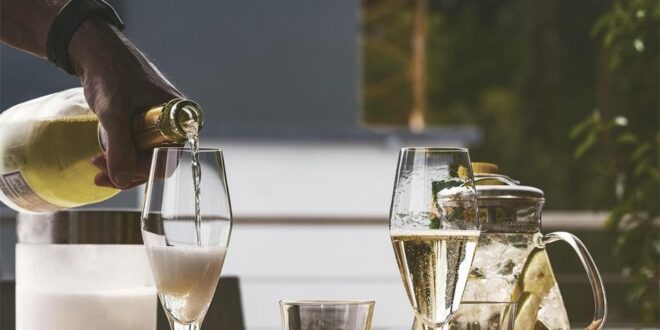Ever wonder what happens to your favorite drink between the moment it gets made and when you crack it open at home? That journey is way more complex and fascinating than most people realize. Your morning orange juice, evening soda, or weekend energy drink goes through an incredible adventure that involves dozens of decisions, multiple facilities, and some pretty clever science.
The Big Decisions Happen First
Before any product even gets made, companies spend months figuring out the details that will determine whether their product succeeds or fails completely. The recipe matters, obviously, but so does every other choice about how that product will look, feel, and survive its trip to your house.
One of the most important decisions involves what kind of container will hold the product. This choice affects everything from how the drink tastes to how much it costs to make and ship. Companies often spend weeks testing different options, because the wrong container can ruin even the best recipe.
Some beverages work better in glass, others in plastic, and many perform best in aluminum cans because they protect flavor and stay fresh longer while being lightweight for shipping.
Where the Magic Actually Happens
Most products get made in huge facilities that look nothing like what you might imagine. These factories run 24 hours a day, with machines that can fill thousands of containers every hour. The speed is incredible, but so is the precision required to make sure every single container gets exactly the right amount of product.
Temperature control becomes critical during this stage. Many beverages need to be kept at specific temperatures during filling to maintain their flavor and prevent contamination. The containers themselves often get heated or cooled before filling, depending on what’s going inside them.
Quality control happens constantly throughout this process. Samples get tested every few minutes to make sure the product tastes right, looks right, and meets safety standards. Any container that doesn’t pass inspection gets removed from the line immediately.
The Packaging Puzzle
Once the product is safely inside its container, the real packaging begins. Labels, caps, and outer packaging all have to be applied perfectly. This might seem simple, but getting labels to stick properly on thousands of containers moving at high speed requires some serious engineering.
The adhesive used for labels needs to work in different temperatures and humidity levels, since the product might end up in a hot warehouse or a cold refrigerator. Colors on labels also need to stay bright and readable under store lighting, which means using special inks that won’t fade over time.
The outer packaging decisions made here will determine how well the product survives shipping and how appealing it looks on store shelves. Some products get wrapped in plastic, others go into cardboard cases, and many get both for extra protection during their journey.
The thickness of cardboard, the type of plastic wrap, and even the way cases get sealed all matter when products need to survive being dropped, stacked, or jostled during transport. Companies often test their packaging by literally dropping cases from different heights to make sure everything inside stays intact.
The Long Road to Your Store
Shipping might be the most underappreciated part of the whole process. Products need to travel hundreds or thousands of miles without getting damaged, contaminated, or losing their quality. This means carefully controlling temperature, humidity, and handling throughout the entire trip.
Warehouses play a huge role in this journey. Products often get stored for days or weeks in massive facilities before continuing to their final destinations. These warehouses use sophisticated systems to track every case and make sure products get shipped in the right order so older items sell first.
Trucks, trains, and ships all handle products differently, so packaging needs to be tough enough to survive whatever transportation method gets used. Some products require refrigerated trucks to maintain quality, while others can handle regular shipping without any special requirements.
What Happens at the Store
Retail stores have their own challenges when it comes to handling products properly. Store employees need to rotate stock correctly, maintain proper temperatures, and display products in ways that keep them fresh and appealing to customers.
The way products get displayed often depends on their packaging. Containers that stack well take up less shelf space and stay organized better. Products with eye-catching packaging get prime spots where customers will notice them first.
Store lighting, temperature, and humidity all affect how long products stay fresh once they reach the retail environment. Some products can sit on shelves for months without any problems, while others need to be sold quickly to maintain their quality.
The Final Stretch
When customers finally pick up a product, they’re getting the result of hundreds of decisions and processes that happened over weeks or months. The container they’re holding was specifically chosen to protect what’s inside, the label was designed to catch their attention, and every step of the journey was planned to deliver the best possible product.
Most people never think about how their favorite products survive the trip from factory to kitchen, but understanding this journey helps explain why some products cost more than others and why packaging decisions matter so much to both companies and consumers.
The next time you open a drink, remember that it just completed an incredible journey designed entirely around getting to you in perfect condition.
That simple container in your hand represents thousands of hours of planning, testing, and logistics work, all focused on one goal: making sure you get exactly what the company intended you to experience when they first created their product.
 khamush.com Lifestyle | Motivation | Poems
khamush.com Lifestyle | Motivation | Poems



